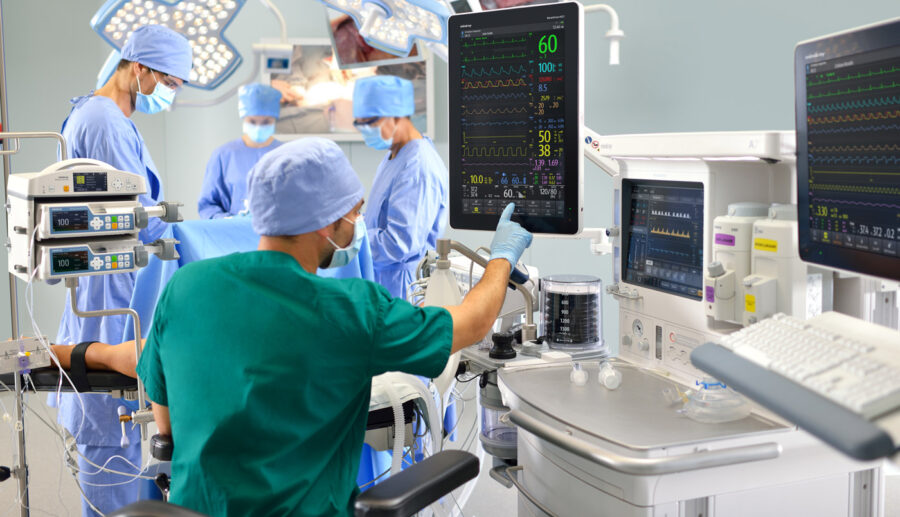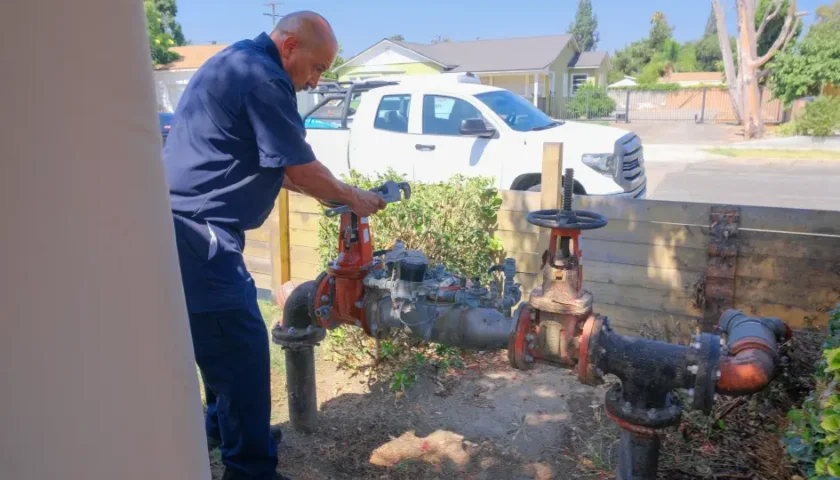In the realm of medical devices, the importance of seals cannot be overstated. These small yet essential components serve as the guardians of precision and durability, ensuring the reliable performance of medical equipment in critical healthcare settings. From syringes to implantable devices, the seamless integration of durable materials with precise engineering is key to the success of medical device seals.
High-Quality Materials
The success of medical devices often depends on the integrity of small components, such as seals. Medical device original equipment manufacturers should partner with companies that have a thorough understanding of rubber materials and sealing applications. A collaborative approach to design, development and testing can provide a medical seal solution that is highly effective.
For example, an O-rings in a trocar design must be capable of handling opposing fluid pressures without leakage. This requires a specially designed double-lip seal made of EPDM compounded to the specific needs of the application. This type of seal provides superior performance and longevity in a variety of challenging environments.
Another consideration when designing medical seals is to ensure that the material meets the requirements for regulatory compliance and sterilization processes. For instance, some compounds used in medical-grade seals need USP Class VI certification. This requires a rigorous testing process. In addition, some medical seals must withstand radiation sterilization.
These requirements are especially important in the case of implantable medical devices, where the seal may come into contact with living tissue. If a non-biocompatible seal material is used, it can lead to dangerous complications, such as localized allergic reactions or even systemic infections.
As the world of medical technology continues to evolve, it’s crucial that manufacturers keep a close eye on their manufacturing and packaging processes. Any opportunity to streamline these procedures, such as through the use of a new polymer that reduces production times or increases cycle life, should be explored.
Regulatory Requirements
Top Medical device seals are an integral part of life-saving medical equipment. Whether in ventilators, blood collection tubes, or IV pumps, these seals are the nexus of engineering precision and patient safety. As such, they must fulfill stringent medical criteria while also standing up to rigorous testing protocols. This blog focuses on the specialized roles of these critical components, their specialized needs in various types of medical devices, and how a focus on quality control and biocompatible materials can help make sure they do their jobs.
Often, medical seals must be sterilized prior to use, especially those that come into direct contact with patients. This means that they must be made from biocompatible materials that can withstand harsh chemicals and resist degradation under high temperatures, pressures, and vacuums. In addition, they must meet FDA compliance and certification standards to ensure patient safety.
Because of these demanding requirements, it is important for original equipment manufacturers to take a scientific approach to their seal design. They need a team of experts that can evaluate compound options, understand the device application, and provide valuable guidance early in the process. This includes custom molders and material suppliers that have experience in medical seal designs.
Cost-Effective Design
From syringes to insulin pumps to surgical power tools, medical seals play a vital role in all types of medical devices. Located anywhere that liquids or gases are pumped, drained, transferred, contained, evacuated or dispensed, medical seals protect both people and devices from harmful leakage. In addition, medical seals keep out contaminants that could impact the device’s performance or pose a safety risk to patients.
To ensure a high level of safety and performance, medical seals must meet strict requirements for material selection, design, testing, and manufacturing. This requires an original equipment manufacturer (OEM) to take a scientific, data-based approach to the seal design process. That means analyzing the materials and their properties, understanding how processing changes them, and predicting how they will perform in an application.
It’s also important for OEMs to work with suppliers that understand the stringent responsibilities associated with producing medical-grade elastomers. This includes complying with Good Manufacturing Practice regulations and operating in a rated clean room. In addition, some medical-grade elastomers can come into contact with living tissues or bodily fluids, which may require them to be USP Class VI compliant.
Flexibility
From syringes to insulin pumps and surgical power tools, seals are integral components in medical devices. They protect the device’s internal components from contamination, bacteria, dust, fluid, and electromagnetic interference (EMI) while maintaining accurate pressure and preventing leakage. The right sealing solution can also help maintain a precise flow rate of liquids and gases, ensuring the correct amount of medication is administered to patients.
The wrong seal can compromise the device’s safety and performance, potentially resulting in serious medical complications for the patient. For instance, a seal failure on an insulin pump could result in under or over-dosing the patient with a necessary drug. The right seal can prevent these problems, as well as help protect the medical staff and the device itself from environmental hazards.
Medical devices are a complex product category with many different functions, each of which requires a high level of quality. The good news is that the current state of polymer and silicone innovation means there are more options than ever for original equipment manufacturers to improve their designs. In fact, it’s not uncommon for design engineers to turn to materials science providers early in the process of a medical device project to explore new or alternative sealing solutions.
Challenges and Innovations
While medical device seals have made significant strides in terms of durability and precision, ongoing challenges persist. These challenges include the need for seals capable of withstanding extreme temperatures, resisting chemical degradation, and maintaining flexibility over time.
For More Information




